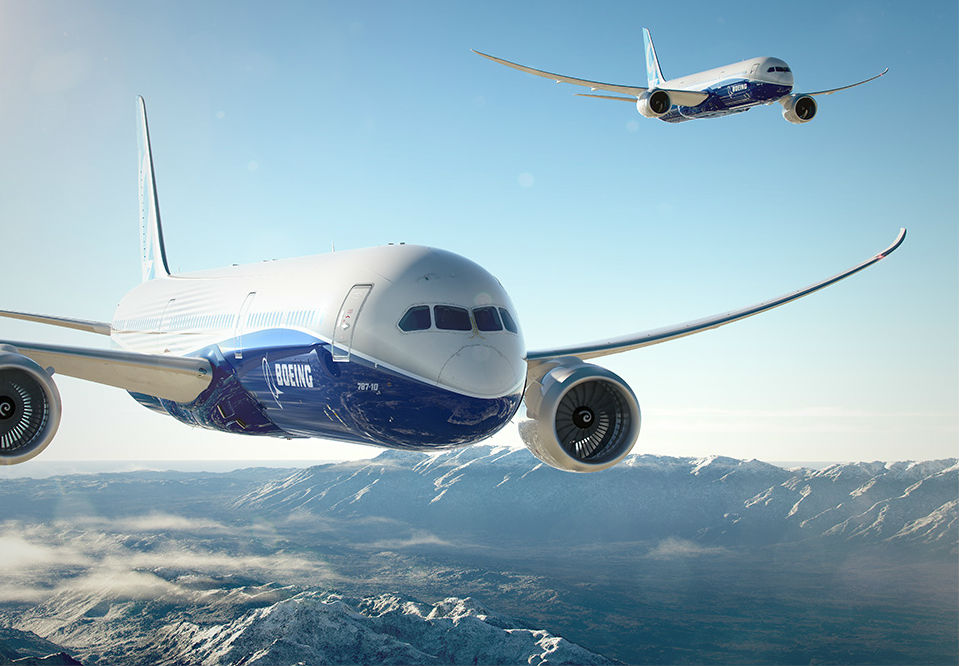Estimated reading time 2 minutes, 55 seconds.
The revival of competition between Boeing and Airbus is expected to result in record delivery of the highly popular narrow-body platforms and a 9.4 per cent year-on-year growth in production. Boeing and Airbus will produce more than 1,750 aircraft in 2019, up from 1,606 units in 2018, and propel the market towards $258.95 billion. Boeing will receive a boost once it finalizes its deal for Embraer’s airliner business in 2019 to counter Airbus’s acquisition of Bombardier’s C Series program; it will continue to develop its new mid-market aircraft (NMA) platform and position itself for growth in next-generation markets.

“Aircraft OEMs and suppliers will continue to focus on digitalization of platforms for streamlining flight operations, planning and scheduling, sales and distribution, marketing, disruption management, and technical operations,” said Timothy Kuder, research analyst, Aerospace & Defense. “Top aerospace companies as well as entrants are investing in R&D centered on electrical propulsion, generation, distribution, storage, and conversion.”
Frost & Sullivan’s recent analysis, “2019 Global Commercial Aerospace Outlook”, analyses the current market landscape of the commercial aerospace industry at a global level. It covers the regions of Asia-Pacific, Europe, North America, Middle East and Africa, and Latin America.
“Asia-Pacific will experience the highest growth in terms of aircraft deliveries and will sustain this position in the future. However, North America and Europe will continue to be the largest suppliers of aircraft,” noted Kuder. “In terms of technologies, advanced composite materials, additive manufacturing, and electrification will disrupt the design and construction of platforms, while digitalization of aviation has already evolved into a $1.5 billion business.”
For additional growth opportunities, aircraft suppliers and MRO facilities will look to:
• Adopt digital technologies like Blockchain, which can contribute to the mandated traceability requirements of many aerospace digital services.
• Develop technologies such as fibre metal laminate (FML).
• Seek opportunities to be vertically integrated with suppliers and OEMs.
• Foster global partnerships covering new regions, especially in the narrow body markets.
• Focus on collaboration, partnerships, and cross-industry relationships to achieve wider implementation.
• Prepare for the servicing of next-generation airframes and engines.
“2019 Global Commercial Aerospace Outlook” is part of Frost & Sullivan’s global Aerospace research and analysis available through the Frost & Sullivan Leadership Council, which helps organizations identify a continuous flow of growth opportunities to succeed in an unpredictable future.








